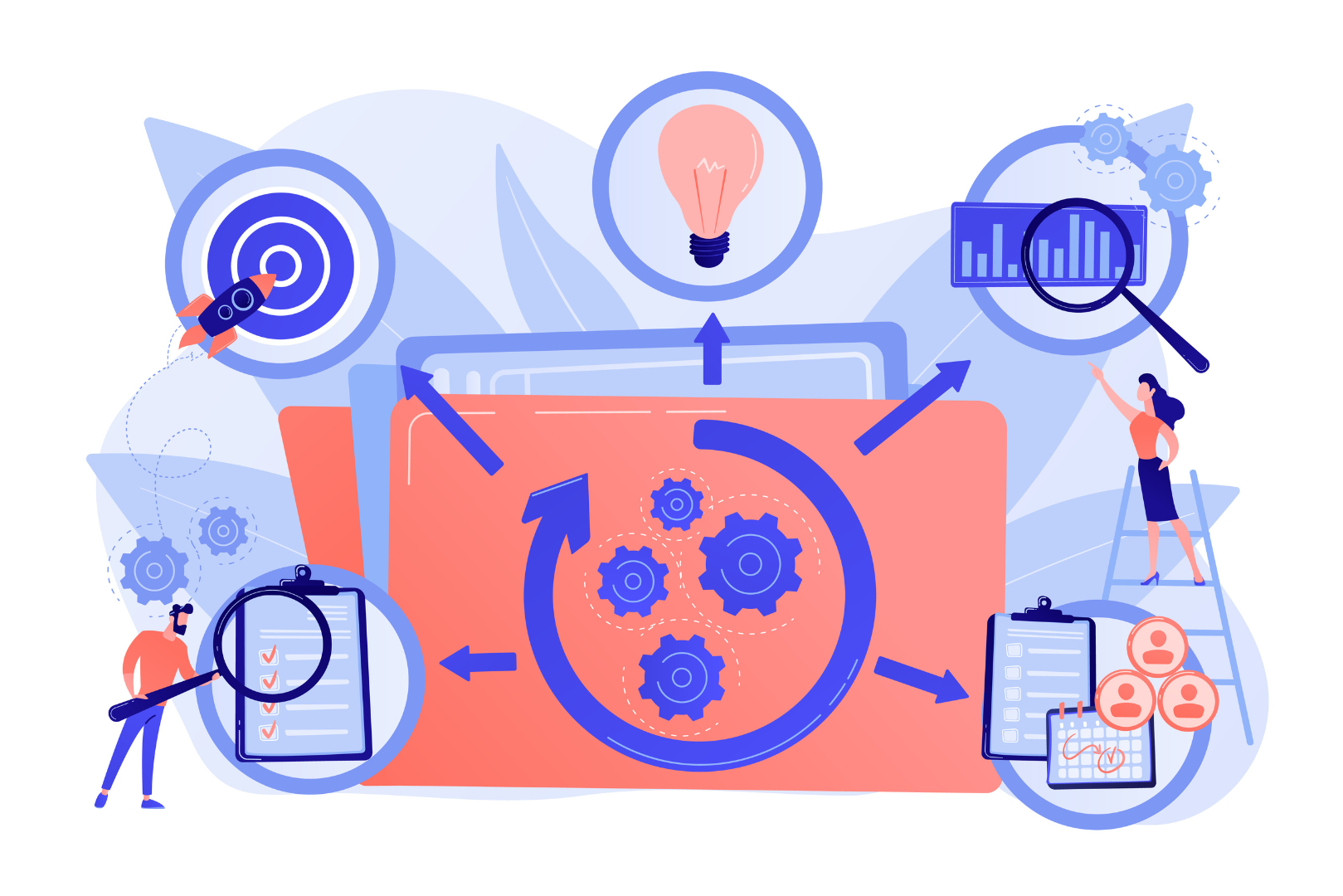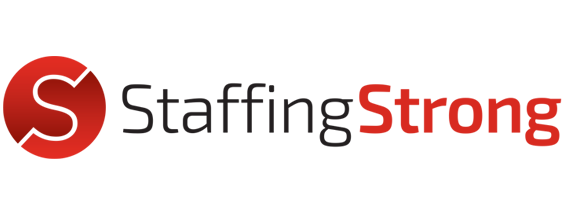
28 Jul Maximizing Employee Performance with ChatGPT: Creating Effective Performance Objectives
As a manager or business owner, one of your key responsibilities is to foster a high-performing team that drives success and growth for your organization. Setting clear and meaningful performance objectives for your employees is an essential step in achieving this goal. However, crafting performance objectives that are both challenging and attainable can be a daunting task. Enter ChatGPT, an AI language model designed to assist you in generating effective performance objectives that align with your business objectives and support your employees’ development. Let’s explore how to use ChatGPT to create performance objectives that inspire your team to excel and propel your organization forward.
Understand the Importance of Performance Objectives
Performance objectives serve as a roadmap for employees, outlining the specific goals they need to achieve and the expectations they must meet. Well-defined objectives provide clarity, direction, and motivation, allowing employees to focus their efforts on tasks that contribute directly to the organization’s success. By using ChatGPT, you can leverage its language generation capabilities to craft objectives that are clear, concise, and tailored to individual roles within your team.
Utilize ChatGPT for Objective Formulation
To begin, you’ll need to access ChatGPT through an appropriate interface or application. There are several ways to do this, including using an AI platform or developing a custom application that interfaces with the language model. Once you have access to ChatGPT, follow these steps to create performance objectives:
-
- Define the Key Performance Indicators (KPIs): Start by identifying the core areas where an employee’s efforts will significantly impact overall performance. For instance, if you’re managing a sales team, KPIs may include lead generation, conversion rates, and revenue targets.
- Set Specific, Measurable, Achievable, Relevant, and Time-bound (SMART) Objectives: When creating performance objectives, it’s crucial to ensure they meet the SMART criteria. This means the objectives should be clear and specific, measurable in terms of progress and success, realistically achievable, directly relevant to the employee’s role, and bound by a specific time frame.
- Seek Input from Employees: While ChatGPT can generate suggestions, it’s essential to involve your employees in the objective-setting process. This practice fosters a sense of ownership and commitment to the goals. Discussing and fine-tuning objectives with employees will also help align their personal aspirations with the organization’s objectives.
- Leverage ChatGPT for Objective Refinement: Once you have a draft of the performance objectives, use ChatGPT to review and refine the language, ensuring that each objective is easy to understand and free from any ambiguity. The AI can provide alternative phrasings, helping you express the objectives in the most effective and engaging manner.
- Consider Developmental Objectives: Besides performance-related goals, consider incorporating developmental objectives to promote employee growth and skill enhancement. These objectives could involve attending training programs, acquiring new certifications, or taking on challenging projects.
Implement and Monitor Performance Objectives
With the performance objectives in place, it’s time to implement and monitor their progress. Here are some key tips:
-
- Communicate Objectives Clearly: Ensure that each employee understands their performance objectives, the reasoning behind them, and how they contribute to the team and organization’s success.
- Provide Ongoing Feedback: Regularly provide feedback to employees regarding their progress towards the objectives. Positive reinforcement and constructive feedback can help employees stay on track and make necessary adjustments.
- Adjust Objectives as Needed: Sometimes, external factors or changes within the organization may require objective adjustments. Be open to modifying objectives if they become obsolete or unattainable due to unforeseen circumstances.
- Celebrate Success: Acknowledge and celebrate when employees achieve their performance objectives. Recognition and appreciation can boost morale and motivate others to excel.
Ensure the Ethical Use of ChatGPT
While ChatGPT can be a valuable tool in performance objective formulation, it’s essential to use the technology ethically and responsibly. Respect employee privacy, be transparent about the use of AI in the objective-setting process, and ensure that the objectives are fair and unbiased.
Incorporating ChatGPT into the performance objective-setting process can streamline the task of creating clear, SMART, and engaging goals for your employees. By leveraging AI to generate performance objectives, you can focus on refining and customizing these objectives based on individual strengths and organizational requirements. Remember that employee development is an ongoing process, and continuous feedback and support are vital to ensure your team’s success. With the right blend of human touch and AI assistance, you can empower your employees to perform at their best and drive your organization towards greater heights of success.
Meet the Author
Evelyn Vega is the Founder and President at Staffing Strong and the Past President of the Phoenix American Marketing Association. Since 1999, she’s made her career about supporting her clients in building meaningful careers and partnering with businesses in finding quality hires. In her free time, Evelyn sits on various advisory boards and enjoys practicing on her drum set!

Sorry, the comment form is closed at this time.